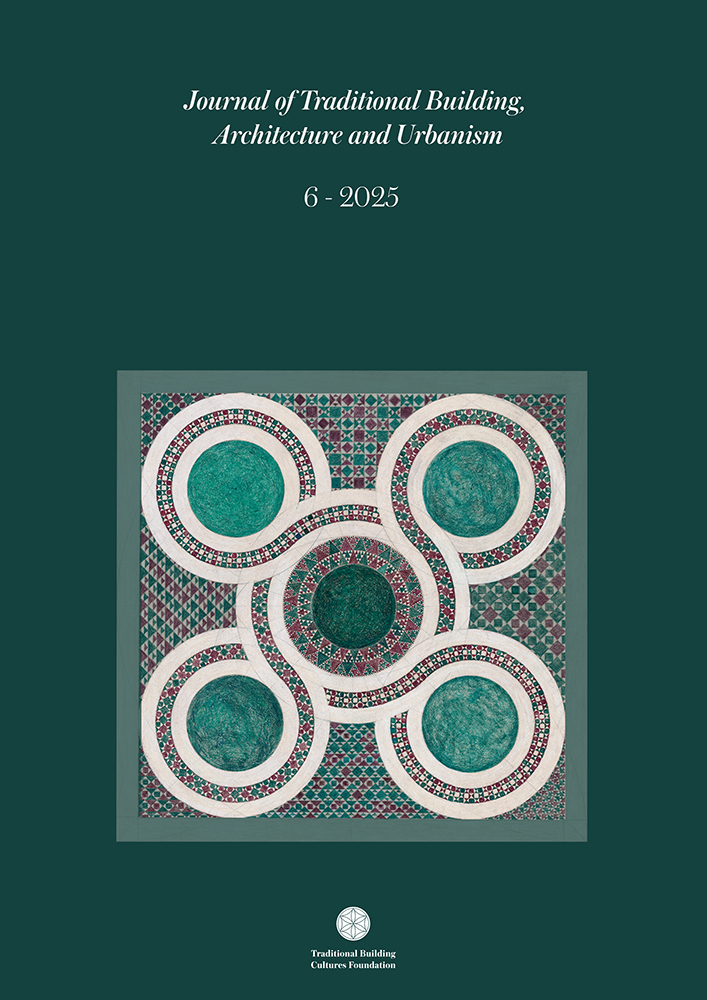Abstract
The khachkar, or Armenian cross-stone, has a unique cultural and artistic tradition originating in the fourth to the seventh centuries. Evolving from simple carved crosses to intricate compositions of symbolic motifs, it enjoyed a golden age spanning from the eleventh to the thirteenth centuries. Today, contemporary masters like Artak Hambardzumyan continue the tradition through both new and restoration work. Khachkar-making combines sculpture, geometry, theology, and ornamentation, following a rigorous process—from design to installation—where each piece is both a spiritual act and an artistic creation. In over 50 countries, Hambardzumyan’s works are to be seen in churches, public spaces, and cultural institutions, testifying to the khachkar’s enduring relevance as heritage and living art.

This work is licensed under a Creative Commons Attribution-NonCommercial-NoDerivatives 4.0 International License.

